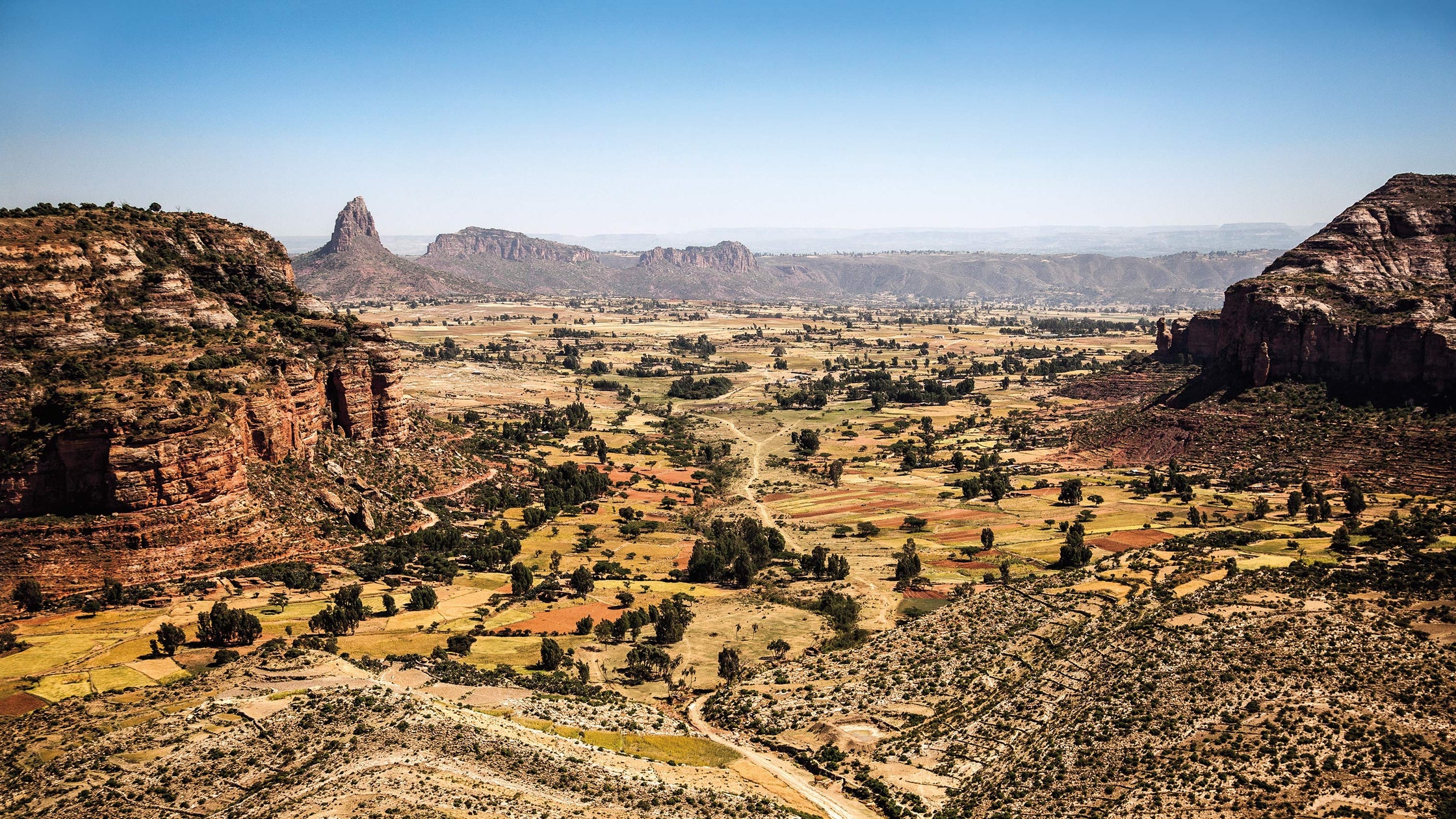The Great Green Wall: Combatting Climate Change in the Sahel
‘The Sahel is one of the regions that suffers the most from the changing climate,’ says Malian musician Inna Modja. ‘Restoring the land is a matter of survival.’ The semi-arid area stretches across Africa, south of the Sahara Desert, facing significant challenges including droughts and desertification. Consequently, this serves as a stark example of how climate change and land degradation result in conflict and migration.
The Evolution of the Great Green Wall
The Great Green Wall (GGW) was launched by the African Union in 2007 with an ambitious plan to plant a band of trees stretching 5,000 miles across the Sahel, from Senegal in the west to Djibouti in the east. Initially presented as a new world wonder, the initiative revealed the complexity of the issues at hand. Thus, the GGW evolved into a series of environmental projects aimed at restoring 100 million hectares of land and sequestering 250 million tonnes of carbon by 2030. However, progress has been slow, as only four percent of the restoration target has been achieved.
Investments and Future Goals
To reach its goals, the GGW requires approximately £27-32 billion in investments over the next decade. Focusing on critical fundraising, the documentary from City of God co-director Fernando Meirelles premiered at the Venice Film Festival in 2019. This film follows Modja through the Sahel, highlighting the impact of land degradation and using music to raise global awareness of this groundbreaking initiative. Modja’s journey begins in Senegal, where 12 million drought-resistant saplings have already been planted.
Challenges Faced in the Sahel
As Modja expands her journey, she travels to Mali, where around half a million people have been displaced, partially due to climate change. In her travels, she meets with young victims of the Boko Haram terrorist group, showcasing the urgent need for sustainable solutions.
A Ray of Hope in Ethiopia
‘Thirty million people survive on Lake Chad’s ecosystem. But in the past 50 years, the lake has shrunk by 90 percent,’ explains Modja. Despite significant challenges, the film reaches a more hopeful conclusion in Ethiopia’s Tigray region. Once a parched landscape, it has been transformed into a lush valley by community efforts. Yet, the region is currently embroiled in conflict, threatening stability in the Horn of Africa.
Conclusion: A Human Challenge
‘We are now in a race against time,’ Modja states during a speech at the UN. ‘Yet, there is massive human potential to rise to the challenge.’ The Great Green Wall serves as a powerful reminder of the steps being taken to combat climate change and inspire collective action.
Learn More
Explore more about the Great Green Wall initiative and its importance in combatting climate challenges by visiting greatgreenwall.org.




